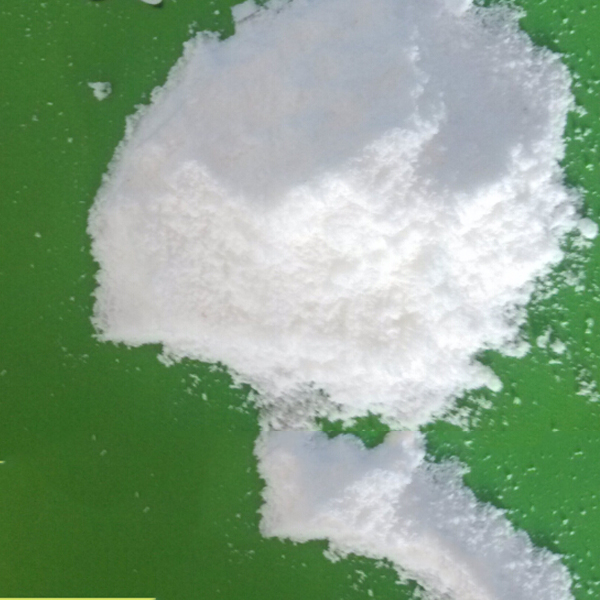
News
Nov . 13, 2024 16:20 Back to list
chitosan plant biostimulant price
The Emerging Role of Chitosan as a Plant Biostimulant Insights on Pricing and Market Trends
The agricultural sector is undergoing a significant transformation as farmers and researchers alike seek sustainable practices that boost plant growth and improve crop yield. Among various innovations, chitosan has emerged as a noteworthy biostimulant, drawing interest due to its natural origin and efficacy. Derived from chitin, a biopolymer found in crustacean shells, chitosan has properties that enhance plant health, improve stress resistance, and promote nutrient uptake. As its popularity in agriculture grows, understanding the pricing dynamics of chitosan as a biostimulant becomes crucial for stakeholders.
Understanding Chitosan
Chitosan is a non-toxic, biodegradable polymer that possesses unique properties making it ideal for agricultural applications. It acts as a bioregulator, influencing physiological processes in plants. The substance can stimulate plant growth, enhance root development, improve seed germination, and increase resistance to pests and diseases. Additionally, chitosan has been shown to improve soil health by promoting beneficial microbial activity, ultimately leading to higher crop yields.
Market Demand and Pricing Trends
The demand for eco-friendly agricultural inputs has surged in recent years, influenced by the growing consumer preference for organic and sustainably produced food. Chitosan's effectiveness as a biostimulant has positioned it well within this market trend. Various studies have confirmed its efficacy, leading to increased adoption among farmers striving to enhance productivity while minimizing environmental impact.
As with any agricultural product, the pricing of chitosan varies based on several factors, including formulation, purity level, suppliers, and regional market dynamics. Typically, chitosan prices can range from $20 to $50 per kilogram, depending on these factors. Higher purity chitosan, often used in more stringent agricultural applications, usually commands a higher price. Additionally, within different regions, prices may fluctuate based on local supply and demand, as well as logistical and regulatory considerations.
Factors Influencing Prices
1. Source and Production Costs The primary source of chitosan is the shells of crustaceans, which ties its price to the fishing industry. Variations in fishing yields and processing capabilities can lead to fluctuations in raw material costs.
chitosan plant biostimulant price

2. Purity and Quality Higher purity rates ensure better effectiveness but require more sophisticated production processes. This can increase the final cost for end-users, as manufacturers may invest significantly in technology to produce high-quality chitosan.
3. Formulation and Packaging Chitosan can be sold in various formulations, including liquid, powder, and granular forms. The choice of formulation affects pricing due to differences in production processes and packaging costs. Liquid formulations, for example, might be more expensive than powdered chitosan due to added packaging and handling requirements.
4. Market Competition As the global market for biostimulants grows, new competitors are entering the fray, which can impact overall pricing strategies. Some manufacturers may offer lower prices to capture market share, while others may emphasize quality, supplying premium-priced products backed by extensive research.
5. Regulatory Environment The regulatory framework surrounding agricultural inputs varies globally. In regions where chitosan is classified as a biopesticide or biostimulant, compliance with local regulations may add to production costs. This regulatory aspect can further influence market prices, as manufacturers factor in compliance costs into their pricing strategies.
Future Outlook
The future of chitosan as a plant biostimulant appears promising. With the growing emphasis on sustainable agriculture and organic practices, chitosan is likely to gain a larger presence in the market. Researchers continue to uncover new beneficial applications of chitosan, enhancing its appeal. As production techniques improve and economies of scale are achieved, we may witness a downward trend in prices, making chitosan more accessible to a broader range of farmers.
Conclusion
Chitosan has positioned itself as a potent biostimulant in the modern agricultural toolkit. Understanding its pricing dynamics is essential for stakeholders at all levels, from manufacturers to consumers. As more farmers recognize the benefits of sustainable practices, the demand for natural inputs like chitosan will likely continue to rise, paving the way for further innovations and advancements in agricultural methodologies.
-
Polyaspartic Acid Salts in Agricultural Fertilizers: A Sustainable Solution
NewsJul.21,2025
-
OEM Chelating Agent Preservative Supplier & Manufacturer High-Quality Customized Solutions
NewsJul.08,2025
-
OEM Potassium Chelating Agent Manufacturer - Custom Potassium Oxalate & Citrate Solutions
NewsJul.08,2025
-
OEM Pentasodium DTPA Chelating Agent Supplier & Manufacturer High Purity & Cost-Effective Solutions
NewsJul.08,2025
-
High-Efficiency Chelated Trace Elements Fertilizer Bulk Supplier & Manufacturer Quotes
NewsJul.07,2025
-
High Quality K Formation for a Chelating Agent – Reliable Manufacturer & Supplier
NewsJul.07,2025
